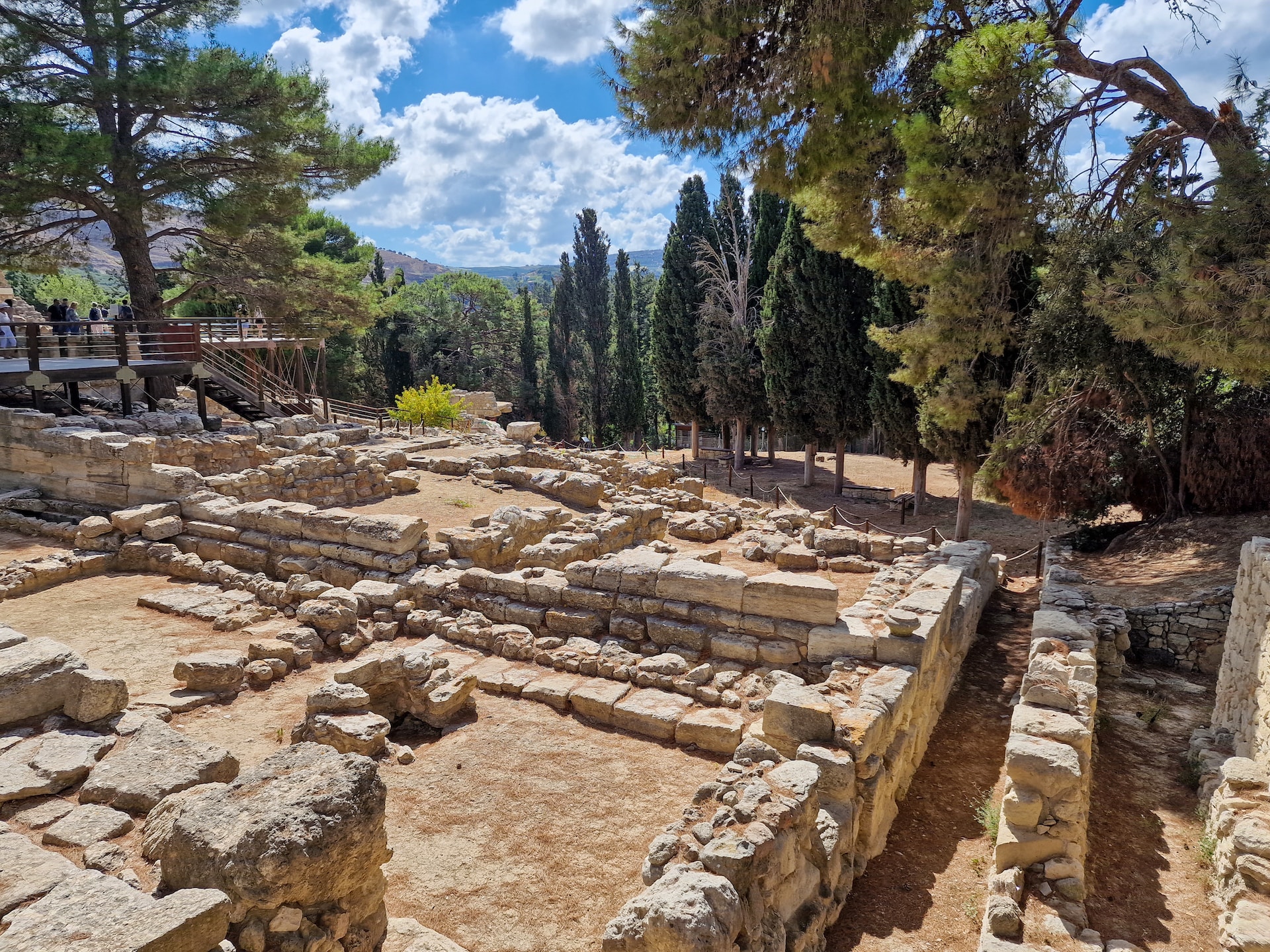The Mystery of Lost Languages That Baffle Historians

Published on Jan. 6, 2024
Throughout the annals of history, civilizations have left behind a written record of their existence through various scripts and languages. While some languages have stood the test of time, others remain enigmatic, their messages locked away in undeciphered scripts, tantalizing historians and linguists alike. Join us on a linguistic journey as we delve into the mysterious world of lost languages and the ongoing quest to unveil their secrets.
Voynich Manuscript: A Cryptic Codex of Curiosities

The Voynich Manuscript, discovered in the early 20th century, is a book filled with intricate illustrations and an unknown script. Despite decades of effort by scholars and code-breakers, the language remains undeciphered, shrouding the manuscript in an aura of mystery and speculation.
Linear A: The Minoan Puzzle

The ancient Minoan civilization of Crete left behind a script known as Linear A. Although Linear B, a related script, has been successfully deciphered, Linear A remains a linguistic puzzle. The absence of a bilingual inscription makes the task of decipherment even more challenging.
Rongorongo: Easter Island's Silent Script
Carved onto wooden tablets on Easter Island, the Rongorongo script is an enigma. The lack of a known relationship to any other writing system and the limited number of surviving examples have stymied attempts at decoding this unique script.
Indus Valley Script: The Script of a Lost Civilization
The Indus Valley Civilization thrived in what is now Pakistan and northwest India over 4,000 years ago. Despite its advanced urban planning, the script used by the civilization remains undeciphered, leaving historians with limited insight into the society's written records.
The Etruscan Enigma: Italy's Ancient Alphabet
The Etruscans, who once inhabited what is now modern-day Italy, had their own script that predates the Latin alphabet. Deciphering the Etruscan language has proven challenging, with only a limited number of inscriptions available for study.
Challenges in Decipherment: The Linguistic Detective's Dilemma
Deciphering an ancient script involves more than just linguistic prowess; it requires a deep understanding of the cultural context, historical context, and the availability of bilingual texts. The absence of these elements often leaves historians grappling with the unknown.
Technological Advances: New Tools for Old Scripts

Man studying at computer desk with monitor light - Photo by Samuel Bourke
Advancements in technology, such as machine learning and computer algorithms, offer a fresh perspective on the decipherment of ancient scripts. These tools complement traditional linguistic methods, providing new avenues for unraveling the mysteries of lost languages.
The Race Against Time: Preserving Fragments of the Past
As time passes, the materials on which ancient scripts are inscribed deteriorate, making the decipherment process a race against time. Preservation efforts and technological innovations play a crucial role in ensuring that these linguistic puzzles remain accessible for future generations.
In conclusion, the mystery of lost languages continues to captivate the imagination of historians and linguists worldwide. The quest to decipher undeciphered scripts is a testament to the resilience of human curiosity and the ongoing pursuit of knowledge. As researchers unlock the secrets of these ancient languages, they bring the voices of long-lost civilizations back to life, bridging the gap between the past and the present.
The world of lost languages is a linguistic puzzle waiting to be solved, and the journey to unravel these ancient scripts is an intellectual adventure like no other.
Category: History